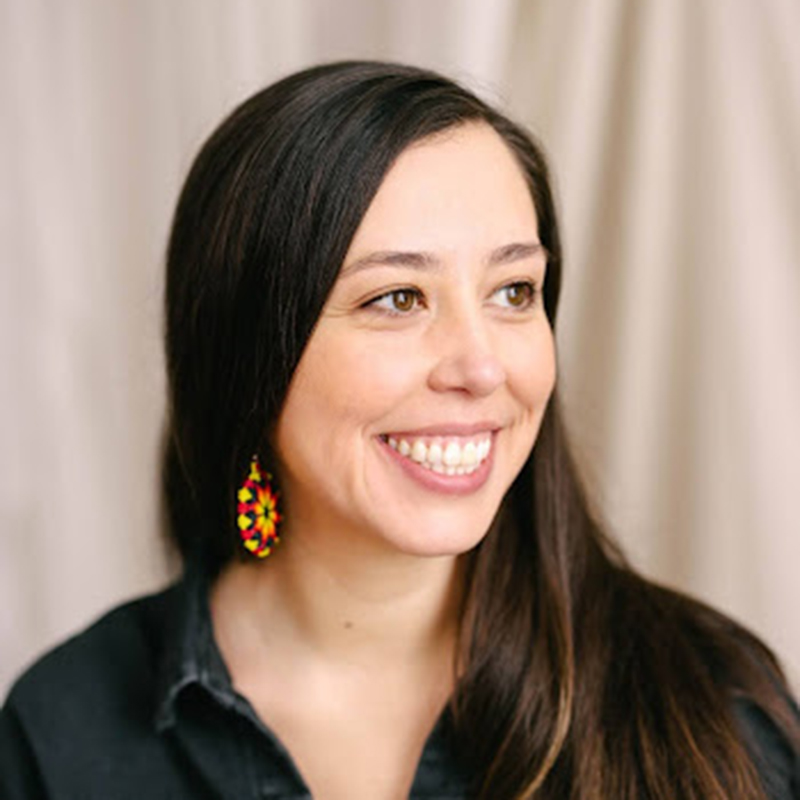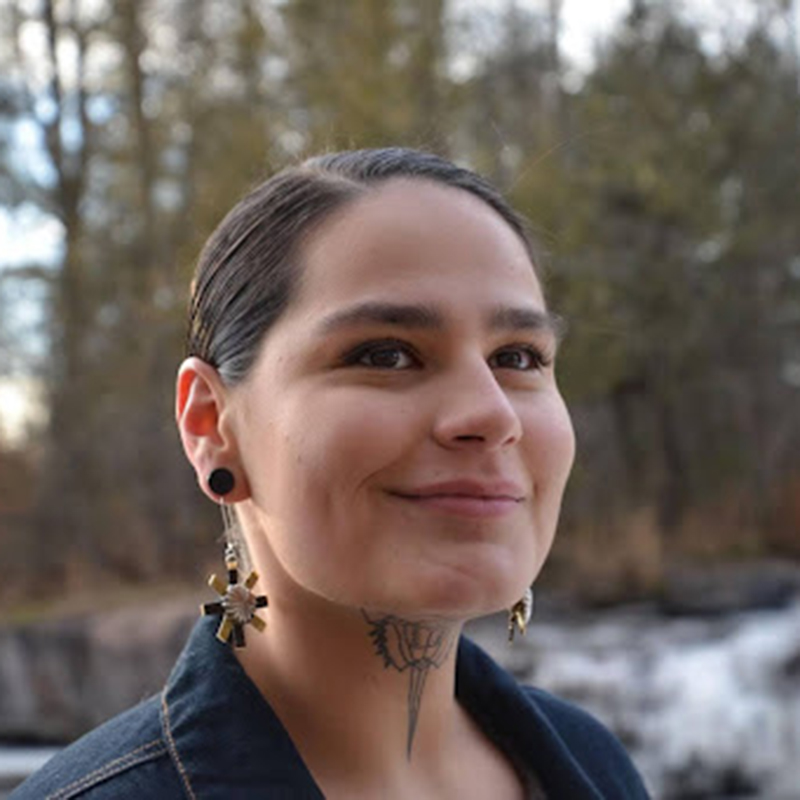Minnesota Historical Society Welcomes New Artists for 10th Year of Native American Artist-in-Residence Program
ST. PAUL, Minn (January 26, 2024) – Two Native American artists will have the opportunity to expand their understanding of traditional art through the 2024 Native American Artist-in-Residence (NAAIR) program from the Minnesota Historical Society (MNHS).
The artists will serve a six- to twelve-month paid residency to study the collections at MNHS and other institutions. They will then develop community-based programming in their home communities, as well as with the public at large. The 2024 Artists-in-Residence were selected based on the recommendations of a panel of experts in the field of Native arts, culture, and education.
MNHS collections will also benefit from the knowledge these artists will provide about the construction, style, and meaning of various items. The NAAIR program is already responsible for contributing more than 100 new items to MNHS collections.
The 2024 awardees are:

Chanelle Gallagher, a member of the Mille Lacs Band of Ojibwe, is a full-time ceramic artist. She plans to use this residency to bring light to the practice of woodland clay pottery and will be researching patterns, structures, clay types, and utilization of woodland pottery using archeological collections housed at MNHS and other institutions. In her research for this residency, Gallagher discovered items in the collection belonging to her relatives. She hopes to use those historic pieces as inspiration for her contemporary work. She stated, “My roots inform what kind of maker I am choosing to become every day of this life. Clay teaches me patience, how to let go, and how to be alone with myself. There is always more to learn, and that’s what I love about it. Working with clay allows me to fully connect to my body, mind, and spirit by using all four elements of nature – earth, water, air, fire. My dream is to continue learning about pottery from this region with the hope of revitalizing this artform for Ojibwe and Dakota people in the Great Lakes region.” Gallagher plans to share the knowledge she learns with her community by hosting various workshops in the Twin Cities and Mille Lacs this year.

Naneque LaTender, of the Menominee Indian Tribe of Wisconsin, is an active advocate of language and material culture revitalization. She is learning traditional ways of living with her family and takes great pride in working with the youth of her community. LaTender will spend her residency researching the intricate designs and styles of yarn-belts, finger woven bags, and woven cattails mats. “I feel a deep connection to finger-weaving because it teaches perseverance and patience. It has helped me realize that I wanted to dedicate myself to developing a unique style of woven belt for young Menominee children to wear and be proud of. It is my honor and responsibility to be able to learn and teach these traditional art forms. Through this residency, we hope to continue supporting our community in these language and culture renormalization efforts.” The Native American Artist-in-Residence program opens opportunities for artists to research and explore historic collections related to culture and identity. LaTender will have several opportunities to share the knowledge they have learned through the residency and will share it with their home community through weaving workshops in the summer months.
Encouragement Grants
In addition to the residencies, two Encouragement Grants were awarded to support artists to continue with their cultural arts and research. These grants consist of a stipend and a paid research visit to MNHS collections. The 2024 Encouragement Grant awardees are:
- Sayokla Williams, Oneida of Wisconsin.
- Proposed research related to wampum beadwork and belt making practices
- Delaney Keshena, Menominee Nation.
- Proposed goals of researching and examining painted rawhide containers, hide usage, winter count robes, and research historical accounts of glue paint making.
NAAIR is made possible in part by a grant from Margaret A. Cargill Philanthropies.
About the Native American Initiatives team
The NAI team is an advocate for Native communities and Native nations at the Minnesota Historical Society, serving as a bridge between community needs and MNHS resources, engaging with Native communities and nations throughout the state, and ensuring Native voices, stories, and concerns are addressed in MNHS work. The NAI team conducts research, provides content, and creates programming and engagement opportunities across the state.
About the Minnesota Historical Society
The Minnesota Historical Society is a non-profit educational and cultural institution established in 1849. MNHS collects, preserves and tells the story of Minnesota’s past through museum exhibits, libraries and collections, historic sites, educational programs, and book publishing. Using the power of history to transform lives, MNHS preserves our past, shares our state’s stories, and connects people with history. Visit us at mnhs.org.